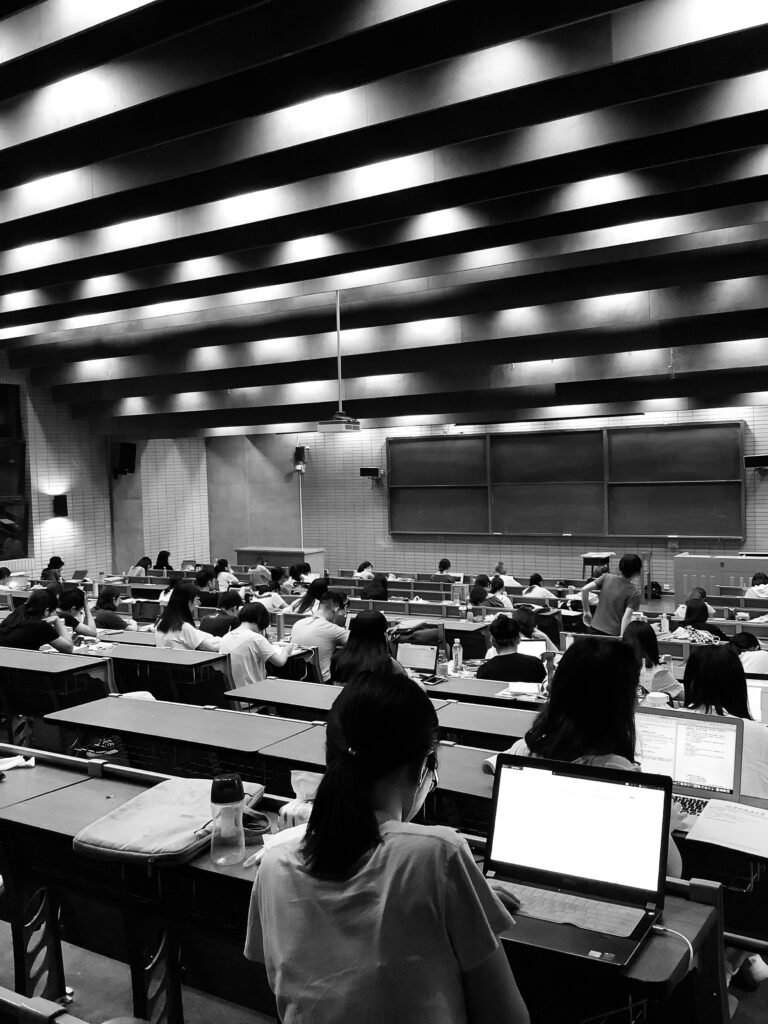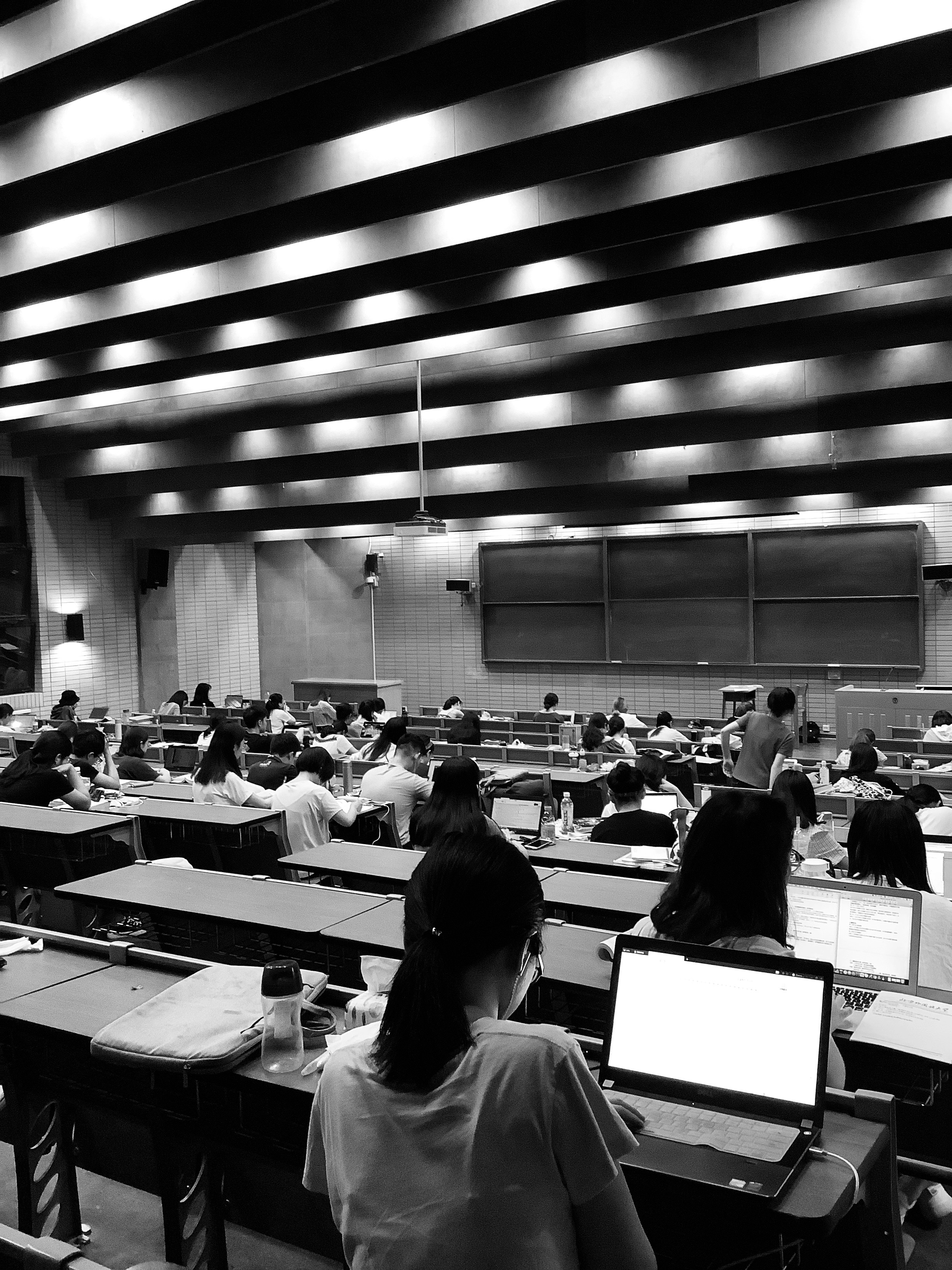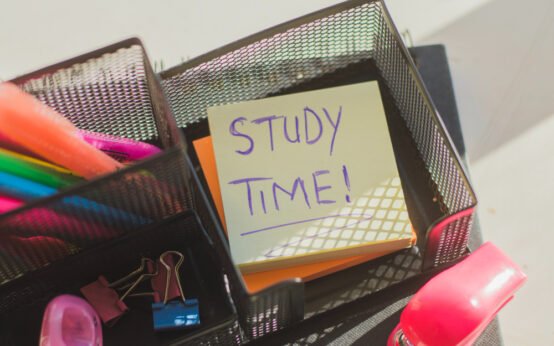
Understanding Learning Gaps
Learning gaps happen when a student’s current understanding doesn’t match what they should know at their educational level. These gaps can be about missing foundational knowledge or not being able to apply skills. It’s important for both teachers and students to know about these gaps.
Ignoring learning gaps can hurt a student’s progress and limit their success. This is especially true in online learning, where it’s harder to notice and fix these issues quickly.
Identifying learning gaps early helps in making learning more personal and effective. By focusing on specific areas, students can improve their skills and prepare for the future. Using science-backed study methods helps students understand and remember better.
Technique 1: Spaced Repetition
Spaced repetition is a method that helps learn by reviewing material at longer intervals. It’s proven to improve retention and understanding, especially for complex subjects. By reviewing material at the right time, learners solidify their knowledge and improve memory.
This method is different from cramming, which involves intense, short study sessions. Studies show spaced repetition is better for remembering information over time. It’s a key strategy for learning well.
For online learning, tools like Anki and Quizlet can help with spaced repetition. These apps create digital flashcards that adjust to how well you know the material. They track your progress and change the review schedule to help you learn better.
Using spaced repetition can greatly benefit long-term learning. It not only helps remember information but also helps understand it better. This makes spaced repetition a powerful tool for overcoming learning gaps and becoming a better learner.
Active Recall Techniques for Effective Learning
Active recall is a learning method that involves recalling information from memory. It’s recognized for its ability to strengthen memory and understanding. By actively engaging with the material, students can identify and fill knowledge gaps.
Flashcards are a common tool for active recall. They can be customized to fit individual study needs. It’s important to try to recall the answer before looking at the card. This method is more effective than just reviewing notes.
Active recall is useful in many subjects, including math, science, and languages. For example, in language learning, flashcards can help practice sentence formation. In science, self-testing can help connect concepts rather than just memorizing them.
Using active recall in study routines helps students engage with the material. This can greatly improve academic performance by promoting deeper understanding and better memory retention.
Technique 3: Interleaved Practice
Interleaved practice mixes different subjects or topics in one study session. It’s different from block practice, where you focus on one topic for a long time. This method helps the brain connect and remember information from various angles.
Studies show it boosts retention and problem-solving skills. It’s like real life, where you use different skills and knowledge together.
To use interleaved practice, create a study schedule with different subjects. For example, a college student might switch between math, history, and science. Spend one hour on each subject in a row. This way, your brain gets a workout and you learn more effectively.
Another way is to mix problem types in one subject. For math, try solving algebra, geometry, and statistics problems together. It prepares you for exams and helps you see patterns and solve problems better.
In short, interleaved practice is a top-notch study method. It helps you learn more by mixing subjects or problem types. This way, you can tackle learning gaps and do better in school.



 Master Your Focus: The Ultimate Guide to Winning the Battle Against Laptop Distractions in a Digital Classroom
Master Your Focus: The Ultimate Guide to Winning the Battle Against Laptop Distractions in a Digital Classroom  Study Smarter, Not Harder: A+ Student Weekly Study Schedule
Study Smarter, Not Harder: A+ Student Weekly Study Schedule  In-Person Classes vs. Online Learning: 7 Hidden Benefits of Being in the Classroom
In-Person Classes vs. Online Learning: 7 Hidden Benefits of Being in the Classroom  Master Any Subject: 7 Science-Backed Study Techniques to Erase Learning Gaps
Master Any Subject: 7 Science-Backed Study Techniques to Erase Learning Gaps  Hybrid Learning Success: When to Go to Campus vs. Stay Home
Hybrid Learning Success: When to Go to Campus vs. Stay Home  The Hybrid Student’s Playbook: When to Go to Campus and When to Stay Home
The Hybrid Student’s Playbook: When to Go to Campus and When to Stay Home  DeFi vs Traditional Finance: A Comparison
DeFi vs Traditional Finance: A Comparison  The Crucial Role of Customer Service for Every Entrepreneur
The Crucial Role of Customer Service for Every Entrepreneur  Crypto Market Value Drops 30% as Trump Tariffs Spark Global Economic Turmoil
Crypto Market Value Drops 30% as Trump Tariffs Spark Global Economic Turmoil  Fartcoin Surges 10% as Major Cryptocurrencies and Stocks Suffer Amid Trump’s Trade War
Fartcoin Surges 10% as Major Cryptocurrencies and Stocks Suffer Amid Trump’s Trade War  Crypto Funds Face $240 Million in Outflows as U.S. Tariffs Drive Market Uncertainty, Bitcoin ETPs Lead Decline
Crypto Funds Face $240 Million in Outflows as U.S. Tariffs Drive Market Uncertainty, Bitcoin ETPs Lead Decline  Why Cryptocurrency is Losing Trust as a Currency
Why Cryptocurrency is Losing Trust as a Currency